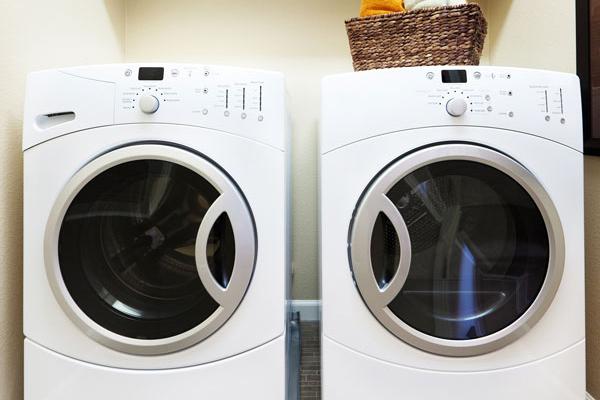Water is a precious resource. Today, many regions across the world have seen abundant amounts of rain. Conversely, other areas like California have received limited rainfall and in turn are experiencing varying levels of drought.
Everyone can do their part by monitoring and limiting water usage. By doing so, water is conserved for the community. Following is a list of best practices for reducing water use inside your home.
- Fix leaky faucets — Leaky faucets can slowly but surely waste large amounts of water. Usually faucets begin to leak when the rubber washer becomes worn. With the right tools, you can replace it in no time. If you run into problems during installation, visit your local hardware store.
To get an idea of how much water you could be wasting, use this drip calculator from the American Water Works Association (one gallon equals 15,140 drips).
-
Inspect toilets — Number one of the list of water using devices in the home is the toilet. To make sure it’s not wasting water, first check the level of water in the tank. It needs to be roughly an inch below the top of the fill valve. Then check the toilet flapper. Gradually over time it can become worn and lead to a leak. Finally, to check for a leak, add food coloring to your tank. If a leak is present, coloring should appear in the bowl after a few minutes.
-
Operate your clothes washer and dishwasher with full loads only — This is one of the easiest ways to conserve water. Think about the amount of water the average family uses for dishes and laundry on a weekly basis.
-
Don’t leave water running (washing hands, dishes, brushing teeth, shaving, etc.) — Many people are guilty of leaving water on when conducting these daily actions. But it’s one of the easiest things to correct. Shut off the tap and save hundreds of gallons of water a month. When washing dishes, fill the sink once to wash the dishes and a second time for rinsing.
-
Replace your clothes washer — This appliance is actually the second highest water user indoors. Many older clothes and dishwashers were not built with water conservation as a goal. . Fortunately, high-efficiency washers are now being built with water conservation in mind. High-efficiency washers can reduce water and energy use by up to 40%.
-
Contact the Santa Clara Valley Water District — The SCVWD can help you determine if you qualify for a rebate toward a high-efficiency washer.
-
Equip faucets with aerators — By simply installing an aerator, water use is reduced by 4%. Essentially, the aerator adds air to the water stream, allowing for water to flow in a single stream and reduce splashing. The air makes it feel like a greater volume of water is flowing. The Santa Clara Valley Water District offers free faucet aerators, making it an easy money saver.
-
Install low-flow showerheads — Older shower heads can use up to 7 gallons of water a minute and waste thousands of gallons of water a month, while new efficient models only use 2.0 gallons a minute. Again, check with your water district to see if there are free showerheads in stock.
-
Shower instead of taking a bath — By taking showers, you can reduce the amount of water you use significantly. A full bath can use between 25 and 70 gallons of water. Conversely, a five-minute shower uses 10 to 25 gallons of water.
Limiting water usage boils down to being mindful of your actions and doing your part. To learn more about how you can limit water usage, read more posts on the SJW blog.

